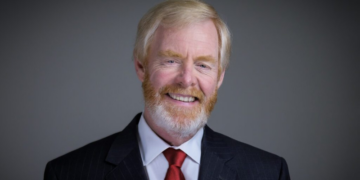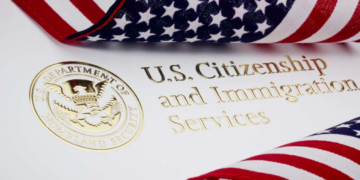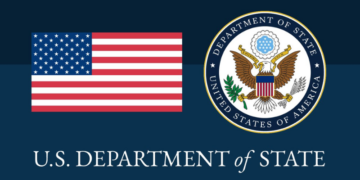On Monday, January 20th, Donald J. Trump, sworn in as the 47th President of the United States, fulfilled his campaign promises by signing a series of executive orders aimed at reforming the federal government and addressing corruption. Central to his “Drain the Swamp” agenda, these actions targeted inefficiencies and corruption within federal agencies, reinforcing his commitment to merit-based governance.
One of the first steps was to issue a Presidential Memorandum requiring federal employees to return to in-person work or face termination. Trump emphasized that remote work weakened accountability and hindered government efficiency. He also signed an executive order creating the Department of Government Efficiency (DOGE), a new entity tasked with slashing government waste and overseeing significant reductions in federal bureaucracy.
Another executive order reinstated a merit-based hiring system across federal agencies, prioritizing skills and experience over ideological affiliations. Trump stated this reform would help “eliminate radical biases” while ensuring that patriotism and competency guide public service. In tandem, he introduced measures to expedite the dismissal of corrupt or underperforming bureaucrats, cutting through years of red tape previously required to address misconduct or poor performance.
A critical aspect of his actions was an order creating a new employment category for federal workers in policy-influencing roles. This change is designed to make it easier to remove bureaucrats in key decision-making positions without delays. Trump described the measure as a pivotal step in “cleaning out the deep state,” a promise he made during his campaign.
Additionally, Trump signed an order banning any federal agency from censoring or limiting the free speech of American citizens. This move sought to end years of perceived government overreach in regulating online platforms and controlling public discourse. Trump also rescinded 78 executive actions enacted under the previous administration, targeting what he called “radical DEI ideology, climate extremism, and open-border policies.”
Through these sweeping reforms, Trump fulfilled his pledge to tackle government inefficiencies and restore accountability in Washington starting on day one of his administration. By aligning his executive orders with his campaign promises, he demonstrated that his second term as president would structured and regimented.







